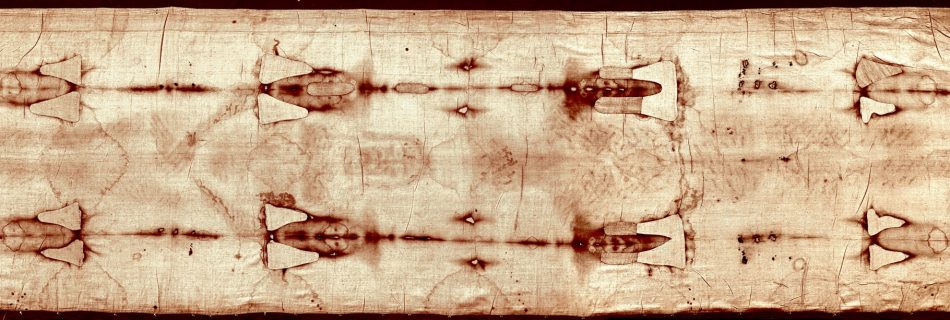Verdun altarpiece
https://commons.wikimedia.org/wiki/File … ar_(2).JPG The Verdun altarpiece at Klosterneuburg was created by Nicholas of Verdun in 1181. The Verdun Altar is located at the Klosterneuburg Monastery in Austria.[4] It was made in c.1181 and it is named after Nicholas of Verdun. Its composition contains detailed decorative panels which depict biblical scenes. The work is divided into …
